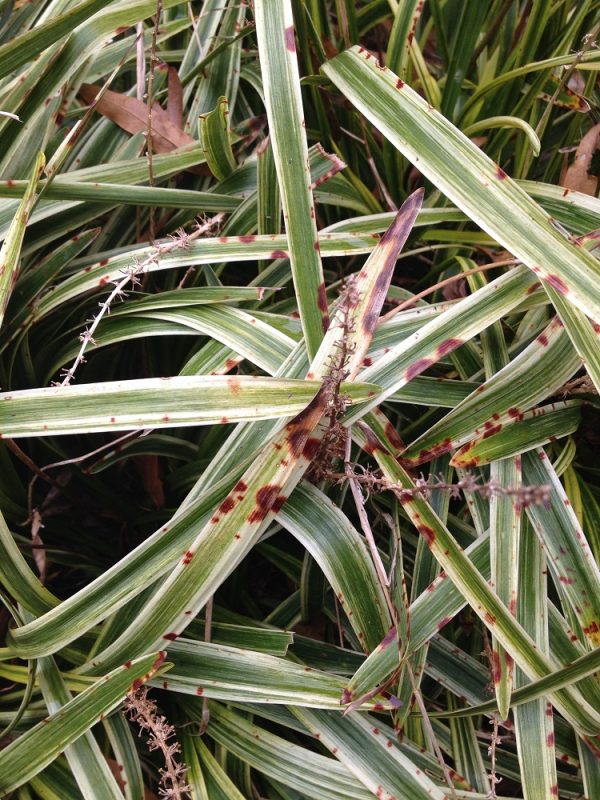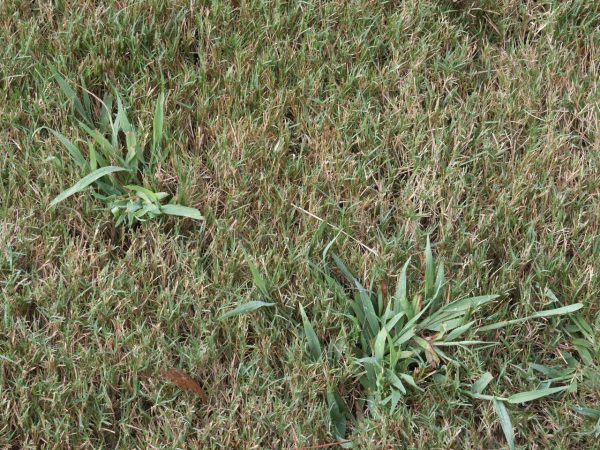Bat – Control
The old-time farmers who sat on the rickety straw-bottomed chairs in front of Paul Lamb’s General Store called it “gu-ann-er”. Bill McLucas, Donald Harp and Jim Minter discussed proper application rates, compared prices and bragged on how this remarkable substance could produce sweet corn, turnip greens or watermelons fit for the refined palates of Atlanta citizens.
What caused this daily conversation of the truck farmers of south Fayette County? Why, guano, the collected droppings of bats or birds, used as fertilizer ever since hunter/gatherers decided to stay in one place and farm.
Some of the farmers were old enough to have used real “gu-ann-er” but most of them simply used the word to describe fertilizer in general. “Triple thirteen”, 10-10-10 or “nitrate of sody”, it was all “gu-ann-er” to them. Over their lifetimes, they had collectively walked hundreds of miles facing the hindquarters of a mule, guiding a wooden-handled fertilizer spreader as it “toc-toc-toc’ed” back and forth across their fields.
BATS IN THE ATTIC For the farmers, guano (fertilizer) was essential. Without it, their plants would not prosper and their farms would fail. A homeowner who has bats living in his attic, though, takes a decidedly different view.
Many times bats in an attic are discovered accidentally as you peer into the dusty gloom, looking for the box of check stubs or holiday ornaments you need. The box top and the area around it is spattered with ……..something icky. Looking upwards, you find several furry objects dangling from the rafters. Startled, you climb down from the attic and ponder your next move.
BATS ARE BENEFICIAL Bats can eat 2000 mosquito-sized insects in one night. Most folks realize that bats are harmless creatures and should be left alone rather than feared. However, when the furry flyers are roosting in your attic, thoughts turn to eviction rather than coddling. Even if the bats are hanging from the attic louvers on the outside of your house, their droppings are unsightly as they smear downward from the roost onto your siding.
SPRING IS THE BEST TIME FOR CONTROL Bats spend winter in caves or in the crevices of large bridges or buildings. They disperse in April, looking for a suitable place for a nursery colony. An attic is quite hospitable for warm-season bat life. Bats can slip through cracks as small as three-eights of an inch wide. A female bat gives birth to one or two live young between May and July. If you attempt to exclude bats from your attic between April and August, pregnant females or young, flightless, bats may die there. In August and September, now that they are all capable of flight, it’s a fine time to hang a “No Vacancy” sign for them.
WHERE’D THEY GET IN? Bats can enter an attic through loose siding, unscreened attic vents or through cracks where the siding meets the soffit. Entrance holes typically look “dirty” or stained. It is important to discover how bats come in the attic. You might have to sit outdoors at dusk, scanning the house with binoculars, to find their exit.
MAKE A ONE-WAY EXIT Once you pinpoint the exits, it is simple to make a one-way valve over the holes. Simply staple a piece of sheet plastic above and on both sides of each hole, leaving two feet of the sheeting to hang loosely below. When bats depart in the evening, they can easily drop from their hole and fly away. When they return, the bats will hit the plastic and slide off. With the attic no longer available, they will fly away in search of a new abode. Once you are sure no more remain, patch all holes permanently.
CLEAN THE ATTIC When the bats are gone, clean your attic belongings carefully. It is a good idea to wear gloves plus a good quality dust filter mask and to dampen the droppings to minimize dust as you work. If nothing is stored in the attic and if the guano has not accumulated too thickly, you could simply cover it with a layer of attic insulation and leave it in place.
MORE INFORMATION















